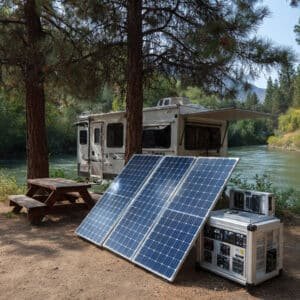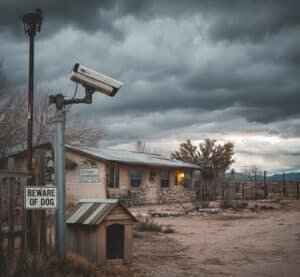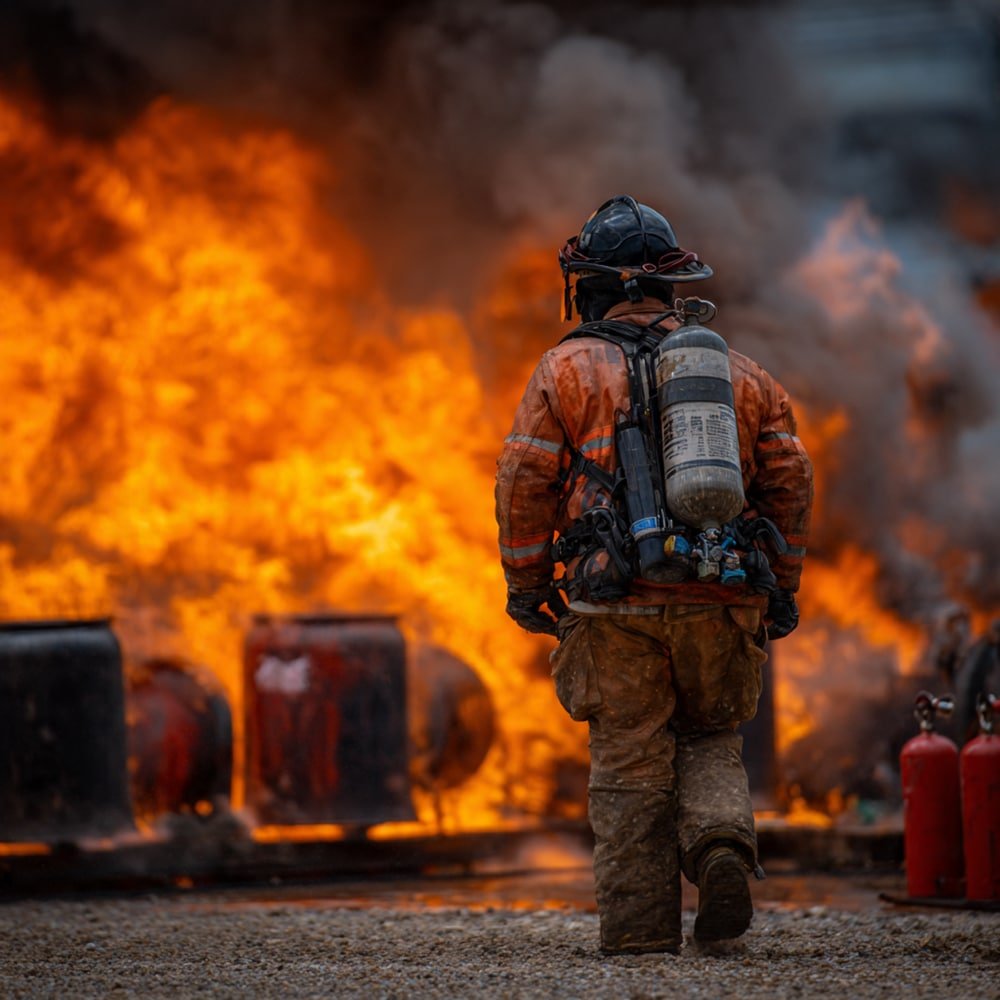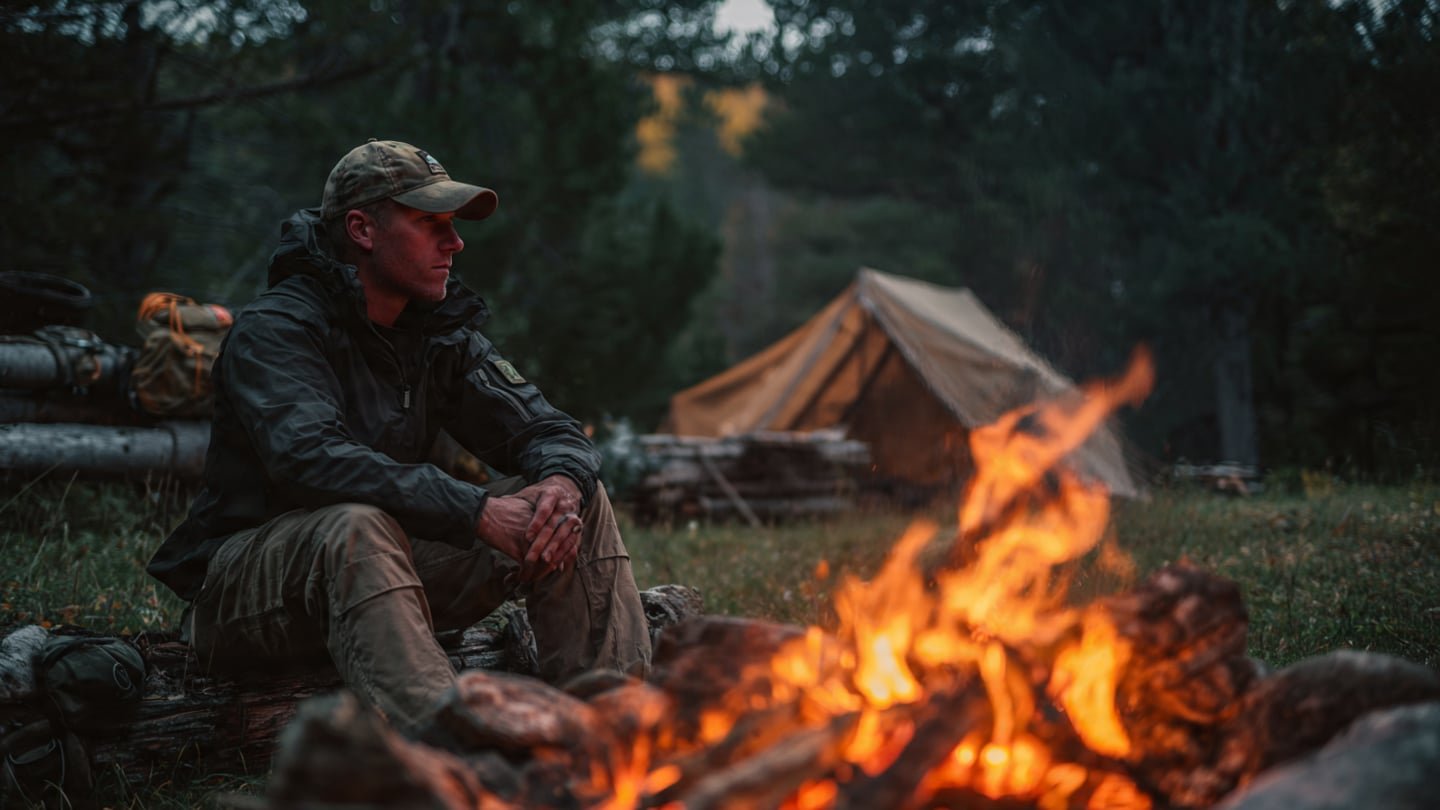When you have children, you’d do everything in your power to give them a good life. You work hard to put food on the table and a roof over their heads. You strive to get them to a good school and teach them stuff that will help them through life. But you shouldn’t forget about the most important survival skills to teach kids. They need to know what to do in any emergency situation in case you’re not there to keep them safe.
Don’t be afraid to start them young. While some skills are better suited for older kids, you can always explain and show things to your children. This will give them a grasp of how important it is to learn such survival skills. Once they’re capable, you can let them practice the survival skills you’ve been talking about. Remember, the more they know, the better their chances to overcome any dire situation.
There are lots of survival skills that kids can and should know. Some are pretty simple while the more complicated ones need a bit more time and practice to perfect. For now, let’s focus on a few of the most basic survival skills to teach children.
[lookbook id=”68629″]
Finding Water
An average adult can only last for three days without water. A child will probably have a harder time. That’s enough reason to teach them how to find water that’s safe to drink.
Perhaps the best emergency source of drinking water aside from a body of water nearby is rain. The easiest way your kids can gather rainwater is to take out wide-mouthed containers such as basins while it’s raining. They can use funnels or fashion some from tin foil so they can collect rainwater in bottles and jars. Rainwater can also be collected from leaves. The problem with this is that it doesn’t rain every day.
Another option is to dig a well. If your kids are lost in the wild, they can dig a foot-deep hole in muddy or damp soil. Water should start filling the hole as he goes deeper. This survival skill is possible if your kid has the right tool. A portable shovel such as the Stealth Tact Shovel Modular Multifunction Entrenchment Tool would be ideal in this situation. Not only can your child use it for digging, but the 12-in-1 multi-tool also functions as a knife, hatchet, saw, fire starter, and glass breaker, to name a few. Of course, you have to show him how to use all 12 features properly.
They can also wrap a shirt or any absorbent piece of cloth over their leg and walk through tall grass. This is best done in the morning since dew forms on vegetation, especially after a cool evening. After the walk, simply squeeze the water out of the cloth and into a container.
A collapsible container will come in handy when collecting water. Strain then purify the water you have collected. Use a clean piece of cloth to remove debris and other large particles. Then boil for at least ten minutes to kill the germs. Your kids need to learn how to safely use the stove to do some boiling. Of course, they’ll need fire for this. That’s another survival skill we’ll discuss later.
While finding water in the wild is an important survival skill, it would be a lot easier if your children have water purification tablets and personal water filters. Get them a LifeWater Personal Water Filter each and teach them to take care of it. Their lives could depend on it someday.
Starting A Fire
Fire is mainly used to cook food and boil water. It also provides light and warmth while also protecting you from wild animals and critters. You can also use fire to send out signals. The fire itself can be seen miles away in the dark while the smoke is visible during the day.
Teach your children how to safely use matches, lighter and fire starters. Also, make sure you have these survival tools whenever you go on an outdoor adventure. They should also be included in your emergency kits and bug out bags so the kids can access them when they need to.
Safety Weatherproof Matches w/ Waterproof Case by Frog & CO comes with 20 matches that can be lit even in wet and windy conditions. This will make it easier for your kids to start a fire. The Tough Tesla Lighter 2.0, also from Frog & CO, is even easier to light up. Simply touch the plasma dual arcs to a flammable material to create fire. Teach your kids how to make and use tinder so they have a better chance of starting a fire.
Creating fire without any kind of fire starter may be a bit challenging but is one of the most important survival skills to teach children. The easiest perhaps is to use a glass lens. Your kids can use a magnifying glass or a pair of clear glasses. Start by gathering some tinder in a bunch and preparing dry twigs, small branches, and other stuff to fuel the fire. Aim the beam created by the sun through the lens at the tinder. Once it starts to smoke, blow on it gently until it creates a flame. Gradually add firewood.
The most difficult technique is the friction method. This requires a lot of patience, which is not the strong suit of most children. Still, you have to diligently teach them this survival skill. The video above shows how to start a fire just by rubbing two sticks. Below are other methods you and your children should also learn.
[lookbook id=”68634″]
Building A Shelter
Kids love building things. I’m pretty sure you loved LEGO bricks and blanket forts when you were younger. Teaching them how to build survival shelters will definitely be fun. Most importantly, survival skills such as this one will be useful in case they get lost in the wilderness.
When you’re out camping, show your kids how to make a temporary shelter using anything you can find. Grab some branches to make an A-frame or the frame for a tipi. Collect leaves and dried vegetation to make the walls. Place some on the ground for added warmth (the ground will be cold at night). Cut down some bunches of fresh leaves and place them over your wall and roof. They will provide more warmth and keep the rain out.
A tarp will also be useful in any survival scenario. Make a wedge tarp by simply securing two corners (same side) onto the ground with stakes. Grab the center of the opposite side and tie it to a tree. Then tie the two other corners to the ground.
The two survival shelters we showed here require a couple of other skills – handling bladed tools and knot-tying. Take some time to show your kids the ropes. Also, check this out for more survival shelters you can teach your children.
When it comes to knives, some of you may have reservations about young children having and using one. Knives are vital survival tools and there needs to be a semblance of respect and responsibility in owning one. You need to instill that in your child before getting him one.
For your child’s first knife, the popular Victorinox Swiss Army Classic SD Pocket Knife seems like a good choice. It has a small blade, scissors, a nail file with a screwdriver tip, tweezers, a toothpick, and a key ring.
If your kid’s big enough, he can have something a bit more complex. The Victorinox Huntsman Swiss Army Pocket Knife comes with two blades, two screwdrivers, scissors, wood saw, corkscrew, bottle opener, can opener, multipurpose hook, wire stripper, reamer/punch, sewing awl, tweezers, toothpick, and a key ring.
Staying Warm
No tent? Can’t start a fire? You need to keep warm if you wish to survive the outdoors. Children are more at risk of suffering from hypothermia because of their small frame.
One trick to staying warm is to use insulation. Remember the homeless guy in The Day After Tomorrow? He stuffed crumpled newspaper inside his clothes to stay warm after the weather went bonkers. Aside from paper, you can also use leaves and other plant parts.
Don’t forget to teach your kids which plants can and cannot be used for this purpose. Think poison ivy and white snakeroot. The latter killed Abe Lincoln’s mother after she drank milk from a cow that grazed on the deadly plant. After stuffing their clothes with insulation, they should tuck their pants into their socks to make a “scarecrow suit.”
Survival skills aside, stay warm without fire or shelter by always wearing the right clothes. Come wintertime, have your kids wear layers of clothes made of nylon, fleece, and wool. Fleece and thermal blankets are also necessary during cold days.
Thermal blankets are pretty cheap and portable so you can carry as many as necessary. Place at least one in each of your kids’ bags, your bug out bags, and emergency kits If your kids are left stranded in the car during an icy night, for example, they can use thermal blankets to keep warm. Of course, the car is a huge help but the blankets will help if the temperature drops dangerously low.
Another survival tool to keep handy is a hand warmer. The QuickHeat Rechargeable Hand Warmer plays a dual role. Your kids can use the 2-in-01 survival tool to warm themselves and charge their phones to call for help.
Navigational Skills
You’ve probably heard stories of children getting lost in the woods or other similar places. If that happened to your kid, the emotional pain and anxiety are surely indescribable. But if you teach them how to navigate, you can at least be confident that your child can find his way back to safety.
Remember that the first thing you should do when you are lost is to stay put. Whether you’re in a car or not, you should stay where you are and focus on surviving the night. That means making sure you won’t freeze to death or die from dehydration. The survival skills discussed above will be useful in this situation.
You should only leave and navigate your way to safety if you have an idea where to go and how far it’ll take to get there. Also, you need to be completely prepared before taking that first step. This includes gathering all supplies and gear that you have. Food and water are particularly important so collect as much as possible. Before going, leave signs that’ll tell others, especially rescuers, that you need help and that you are headed in this particular direction.
As for your navigation skills, you should learn how to read maps and use a compass. Similar survival skills to teach children include navigating using the stars or sun. Below is a video showing how to use a watch and the sun to find the North.
Situational Awareness
One survival skill that makes use of perception and memory is situational awareness. This is something even young children should be able to learn. In fact, you should start them young so it becomes second nature to them.
One way to develop situational awareness in children is to constantly point out things to them. Casually point out landmarks wherever you go. If you’re driving or walking to school, show them landmarks that they can easily remember. If you’re out hiking, point out particular trees or rock formations. While on a trip, point out things you see on the road.
All these pointing out will help develop their awareness of their surroundings. The familiarity with these landmarks will also be useful in case they are lost or were left behind by the bus. Practice this skill by asking your kids to show you how to get home while driving from school, for example.
Situational awareness also teaches you to know what is happening around you. It also teaches you what to do and where to go in case of an emergency. People with this skill know to look for exits once they enter the building. They’re also aware of the paths leading to these exits. Ideally, they should have scanned these paths for obstacles. All this knowledge will help them easily evacuate during emergencies.

As mentioned at the start, we listed down just a few of the most important survival skills to teach children. They’re definitely not the only ones the young ones should be learning. They also need to know basic first aid, self-defense, hunting, fishing, foraging, preparing wild game, and a lot of other skills one would need to survive. Follow Gentleman Pirate Club and watch out as we further tackle such survival skills every person, children and adults alike, should know.






















